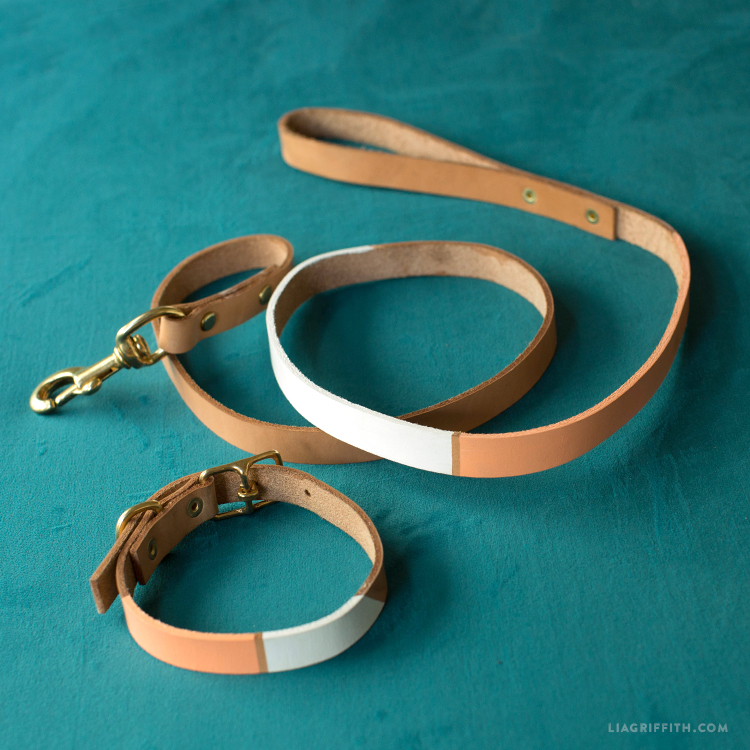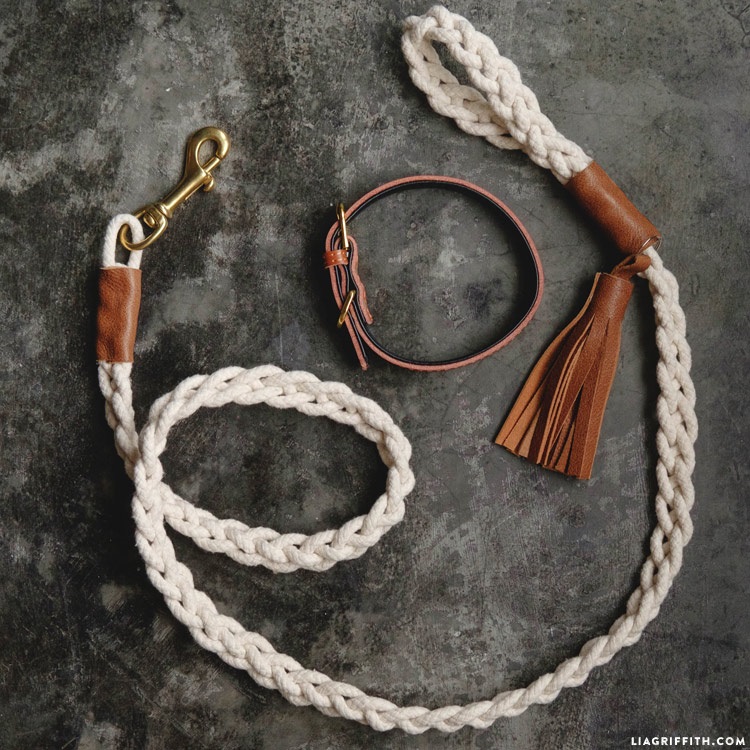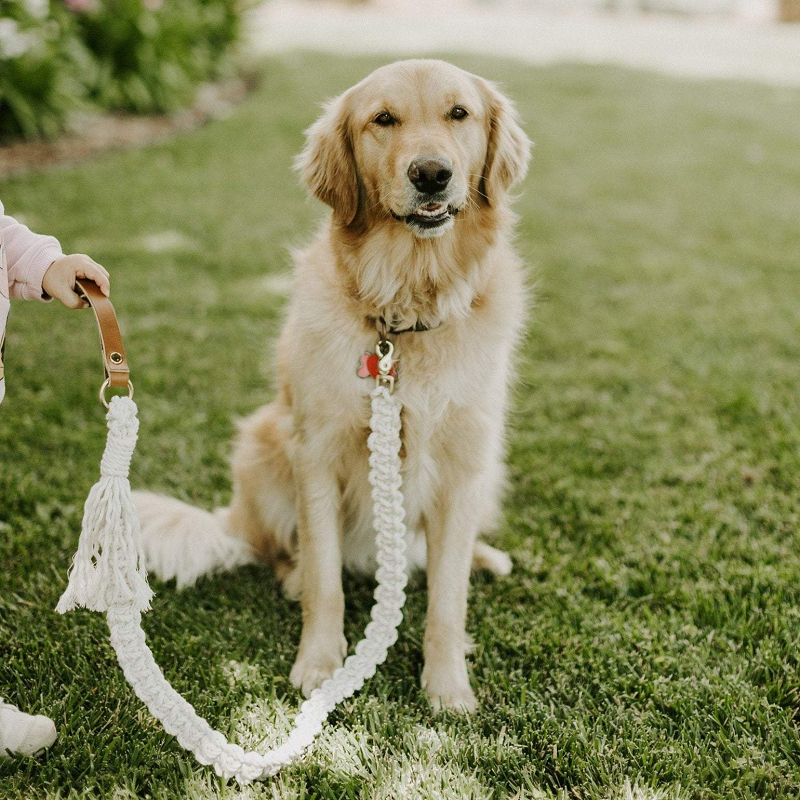Creating your own dog leashes at home can be a fun and rewarding project. Not only does it allow you to customize the leash to fit your dog’s specific needs, but it can also save you money and ensure you’re using high-quality materials. In this article, we will delve into the various steps, materials, and techniques involved in making a durable and stylish dog leash that you and your furry friend will love.
Understanding the Basics of Dog Leashes
Importance of a Good Dog Leash
A good dog leash is an essential tool for any dog owner. It serves not just as a means of control but also as a way to keep your pet safe during walks. The right leash can prevent accidents, provide security, and offer comfort to both the dog and the owner. Commercial leashes come in various materials, lengths, and styles, but they may not always suit your specific needs or preferences. This is where DIY options shine.
Different Types of Dog Leashes
Before starting your DIY project, it’s important to understand the different types of dog leashes available. Common styles include standard leashes, retractable leashes, and training leashes. Standard leashes are typically made of durable nylon or leather and provide straightforward control during walks. Retractable leashes allow for some freedom of movement but can pose risks if not used carefully. Training leashes are often longer and designed to help in training sessions. Knowing the type of leash you want to create will guide your choice of materials and design.

Materials You Will Need
Selecting the Right Materials
The materials you choose for your DIY dog leash are crucial to its durability and functionality. Commonly used materials include nylon webbing, leather, cotton rope, and metal hardware. Nylon webbing is popular for its strength and resistance to weather conditions, making it ideal for outdoor use. Leather offers a classic look and feel, but it may require more maintenance to keep it in good condition. Cotton rope is a soft and comfortable option, especially for smaller dogs, but ensure it is strong enough to handle your dog’s pulling.
Tools Required for the Project
To create a sturdy dog leash, you will need a few essential tools. A cutting tool, such as scissors or a utility knife, will be necessary for cutting your materials to the desired lengths. A sewing machine or needle and thread will help you secure the leash together, especially if you’re using fabric or webbing. Additionally, you may need a lighter or flame to seal the edges of nylon materials to prevent fraying. Finally, don’t forget about hardware like metal clips and D-rings, which are crucial for attaching the leash to your dog’s collar.
Step-by-Step Guide to Making a Basic Dog Leash
Preparing Your Materials
The first step in making your DIY dog leash is to prepare your materials. Start by measuring the desired length of your leash. A typical dog leash is usually between 4 to 6 feet long, but you can adjust this based on your preference and your dog’s size. Cut the nylon webbing or leather to the appropriate length, ensuring you leave a bit of extra material for attaching the hardware. If using nylon webbing, you may want to seal the edges with a lighter to prevent fraying.
Attaching the Hardware
Once your materials are prepared, the next step is to attach the hardware. Begin by threading one end of the leash through the metal clip, ensuring it is secure. If you’re using a D-ring, thread the other end of the leash through the D-ring and back onto itself. This will create a secure loop. Using a sewing machine or strong needle and thread, sew the ends together, making several passes to ensure durability. For added strength, consider using a box stitch or zig-zag pattern.

Customizing Your Dog Leash
Adding Personal Touches
Customization is one of the biggest advantages of making your own dog leash. You can choose the colors, patterns, and materials that reflect your style and your dog’s personality. Consider using fabric paint or embroidery to add your dog’s name or a fun design to the leash. This not only adds a personal touch but also helps identify your leash if you have multiple pets.
Incorporating Functional Features
Beyond aesthetics, think about incorporating functional features into your design. You might want to add a padded handle for comfort, especially if your dog tends to pull. A reflective strip can enhance visibility during nighttime walks, increasing safety for both you and your pet. Additionally, consider creating a leash that can double as a training tool, perhaps by incorporating a shorter handle for better control.
Safety Considerations
Choosing Durable Materials
Safety should be a top priority when creating your DIY dog leash. Ensure that the materials you select are durable and strong enough to withstand your dog’s strength. Check the weight limits of the materials and hardware to ensure they can handle your dog’s pulling behavior. For larger breeds, a thicker nylon webbing or leather may be necessary, while smaller breeds may do well with lighter materials.
Regular Maintenance and Inspection
After creating your leash, it’s crucial to perform regular maintenance and inspections. Check for any signs of wear and tear, such as fraying edges or loose hardware. If you notice any damage, repair or replace the affected parts immediately to avoid accidents. Regular cleaning will also help maintain the integrity of the materials, especially if your dog enjoys outdoor adventures.
Exploring Advanced Techniques
Braiding and Knots
For those looking to take their DIY skills to the next level, consider exploring braiding or knotting techniques. Paracord leashes, for instance, are both durable and stylish. They can be created using various knotting methods that add strength and a unique flair to your leash. Tutorials are widely available online to help guide you through these advanced techniques, allowing you to create a truly one-of-a-kind leash.
Experimenting with Lengths and Styles
As you gain confidence in your DIY abilities, don’t hesitate to experiment with different lengths and styles. You might try making a shorter training leash for agility work or a long line for recall training in open spaces. Each design can serve a specific purpose, enhancing your training and walking experience with your dog. Embrace creativity in your projects, as the possibilities are endless.
The Cost-Effectiveness of DIY Dog Leashes
Breaking Down Costs
One of the most appealing aspects of making your own dog leash is the cost-effectiveness. While store-bought leashes can range significantly in price, a DIY leash often comes at a fraction of the cost. By purchasing materials in bulk, you can create multiple leashes without breaking the bank. This affordability allows you to experiment with different designs and materials without the fear of wasting money.
Long-Term Savings
In addition to the initial savings, DIY leashes often last longer than their commercial counterparts if made with quality materials and proper techniques. This longevity means fewer replacements over time, ultimately saving you money in the long run. Plus, knowing how to repair your leash or create a new one whenever needed adds to the overall cost-effectiveness of your DIY projects.

Community and Resources
Joining DIY Groups
Engaging with others who share your interest in DIY dog leashes can enhance your experience and provide valuable insights. Many online forums and social media groups focus on pet crafting, where you can share your creations, ask for advice, and find inspiration. Being part of a community allows for sharing tips, tricks, and resources, helping you refine your skills and expand your creativity.
Utilizing Online Resources
There are countless resources available online, from video tutorials to blog posts, that can guide you in making your DIY dog leash. These resources often include step-by-step instructions, material lists, and troubleshooting tips. Platforms like YouTube and Pinterest are particularly rich in content, offering visual guidance that can be especially helpful for beginners.
Conclusion: The Joy of Crafting
A Bonding Experience with Your Dog
Making a DIY dog leashes are not just about creating a functional item; it’s about enhancing the bond between you and your pet. As you work on your project, you’ll likely find joy in the creativity and effort you put into making something special for your furry friend. Each walk with your dog using the leash you made will remind you of the time and love you invested in this project.
Embracing the DIY Lifestyle
By embracing the DIY lifestyle, you not only equip yourself with valuable skills but also gain a deeper understanding of your dog’s needs. As you create more items for your pet, from leashes to toys, you’ll discover the satisfaction that comes with crafting. This journey into DIY not only enhances your dog’s life but also enriches your own, providing a fulfilling way to express your creativity and love for your furry companion.










